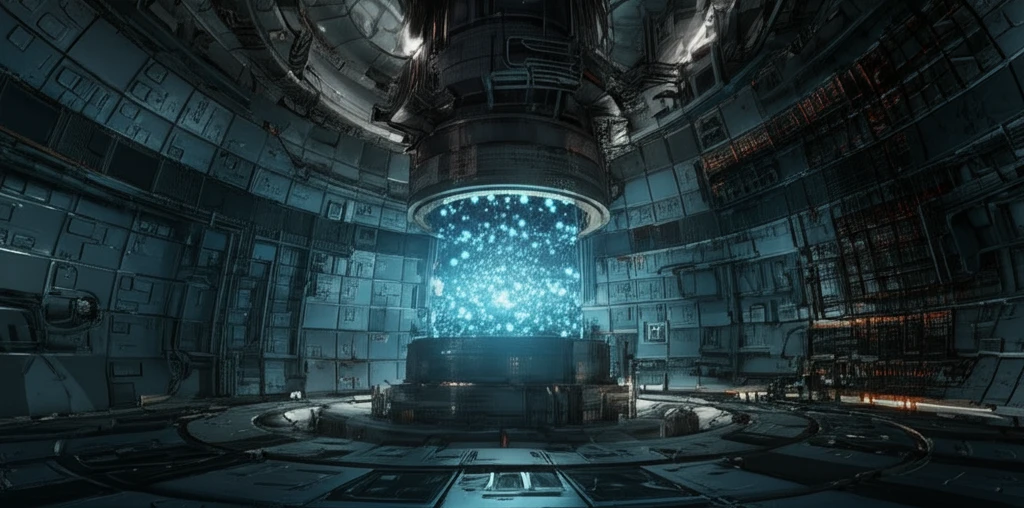
Nitride Fuel: Is This the Future of Nuclear Power?
"Discover how nitride fuel could revolutionize nuclear energy, offering improved safety and efficiency over traditional oxide fuels."
Nuclear energy has been a significant part of the energy landscape for decades, yet the fundamental technology powering most reactors remains largely unchanged. The vast majority of nuclear power plants today rely on Pressurized Water Reactors (PWR) or Boiling Water Reactors (BWR), both fueled by oxide fuels. But is this the only way? Are there alternative fuels that could offer enhanced safety, improved efficiency, and better sustainability?
The search for advanced nuclear fuels has led to a resurgence of interest in nitrides, particularly for use in Generation IV (Gen IV) nuclear power systems. Nitride fuels boast several advantages over traditional oxide fuels, including superior thermal conductivity and higher density of fissile material. However, they also present unique challenges, such as potential instability in water and complex fabrication processes.
This article delves into the world of nitride fuels, exploring their potential to transform nuclear energy. We will examine the benefits and drawbacks of nitride fuels, the various methods for producing them, and the ongoing research efforts to unlock their full potential. Join us as we explore whether nitride fuel could be the key to a safer, more efficient, and sustainable nuclear future.
What Makes Nitride Fuel a Promising Alternative?

Nitride fuels offer a compelling alternative to traditional oxide fuels in nuclear reactors due to their enhanced properties. These advantages contribute to improved reactor performance, safety, and sustainability. However, some issues need to be addressed.
- Higher Fissile Density: Nitride fuels contain 30-40% more uranium compared to oxide fuels, leading to higher conversion ratios and the potential for increased burn-ups.
- Superior Thermal Conductivity: Nitrides exhibit better thermal conductivity than oxides, resulting in lower fuel centerline temperatures, increased safety margins, and delayed migration of fission products.
- Compatibility with Reprocessing: Nitride fuels dissolve readily in nitric acid, making them compatible with the PUREX process, a widely used method for reprocessing spent nuclear fuel.
- Chemical Stability: Nitrides demonstrate good chemical compatibility with potential cladding materials and exhibit excellent irradiation stability.
- Extended Fuel Cycle: The neutronic behavior of uranium nitride allows for longer fuel cycles, reducing the frequency of reactor shutdowns for reloading.
The Future of Nitride Fuels
Nitride fuels represent a promising avenue for advancing nuclear energy technology. While challenges remain, ongoing research and development efforts are paving the way for the widespread adoption of nitride fuels in future reactor designs. With their potential to enhance safety, improve efficiency, and contribute to a more sustainable fuel cycle, nitrides could play a vital role in meeting the world's growing energy demands.
